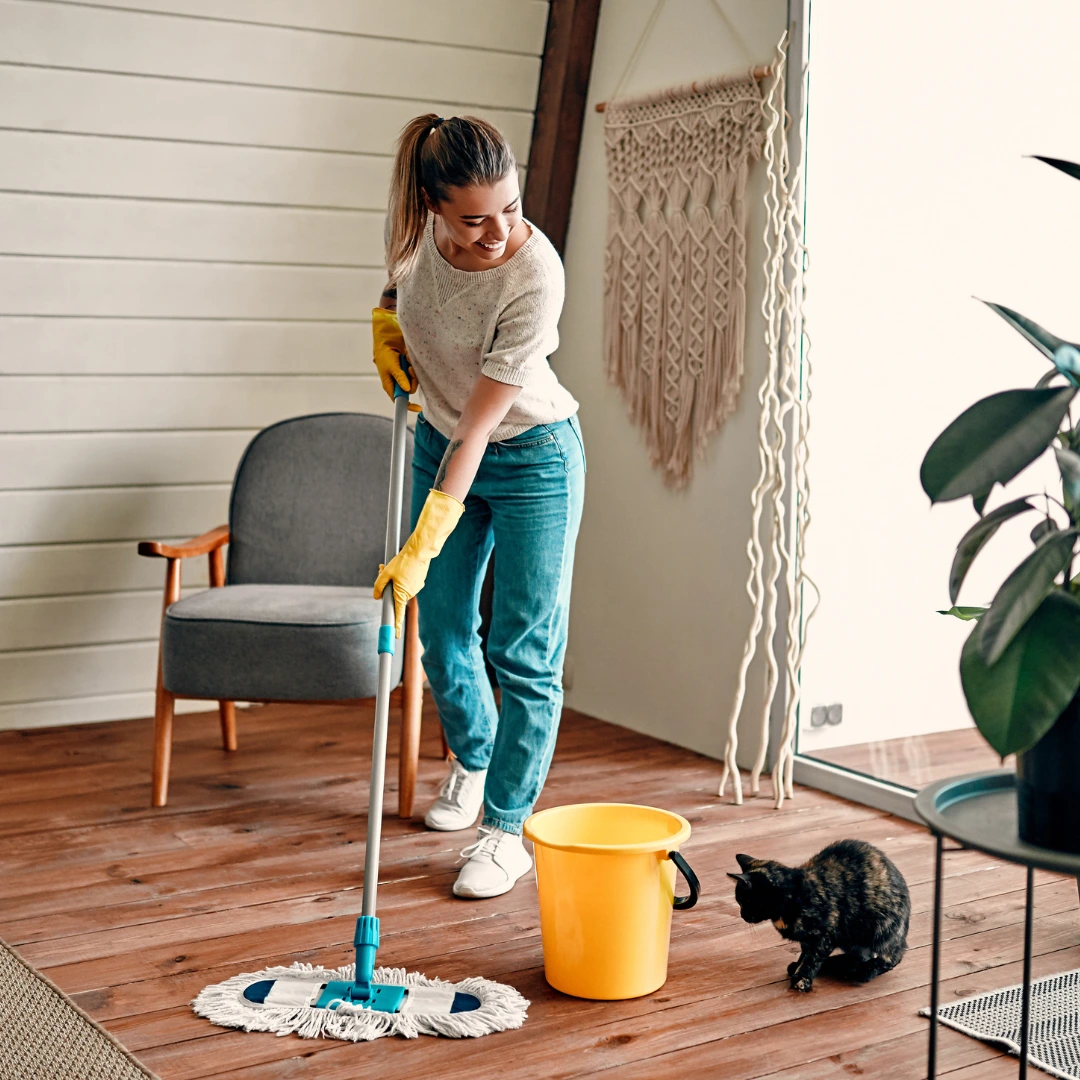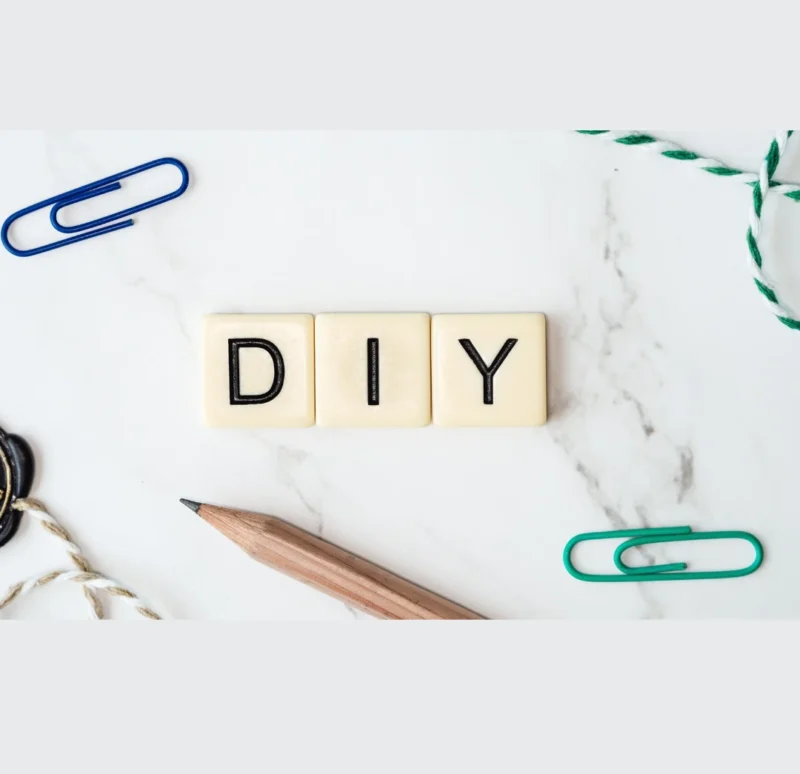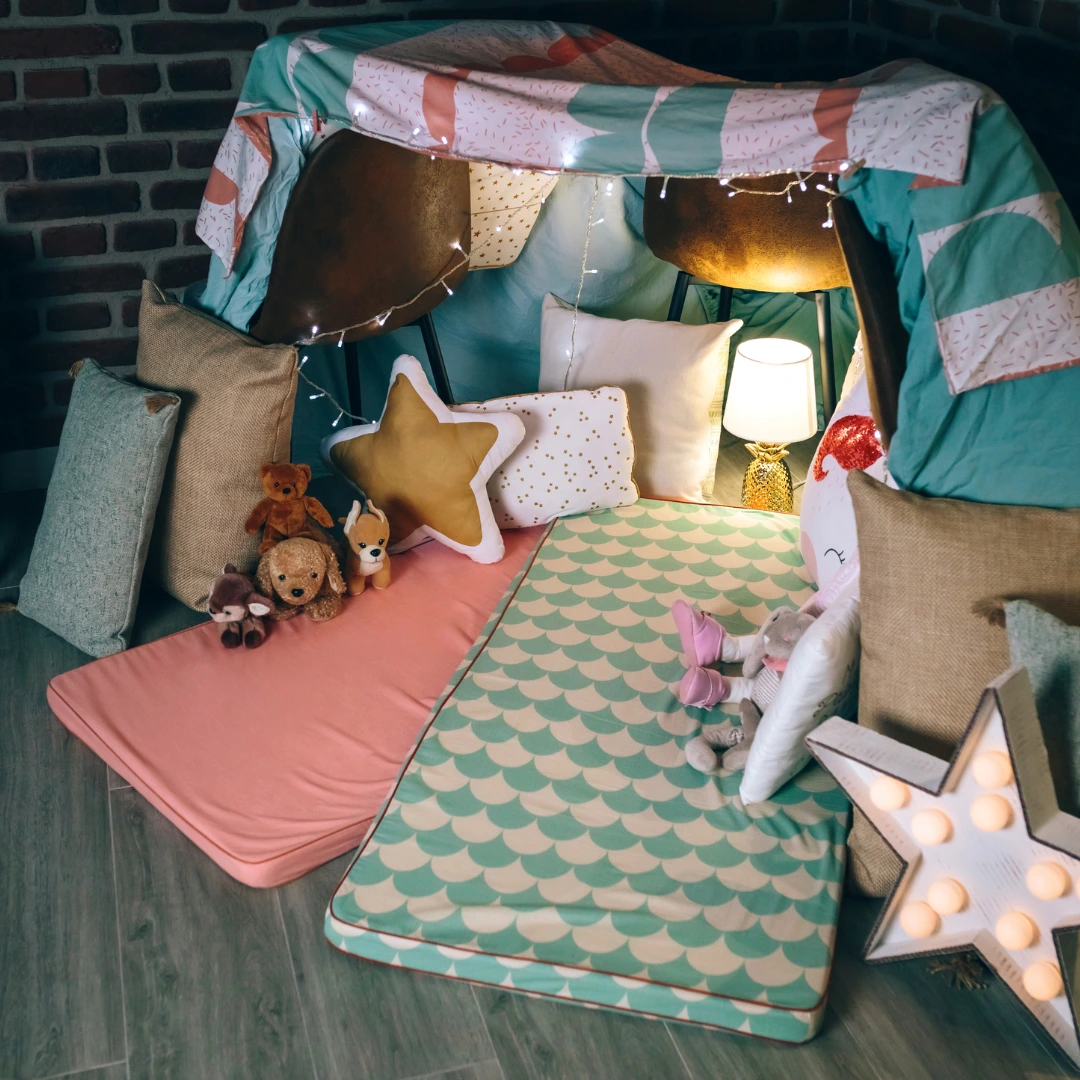How To Use Water Testing Kits – Best DIY Guide 2025
- by Parul Yadav
- August 1, 2025
- 0
- 184
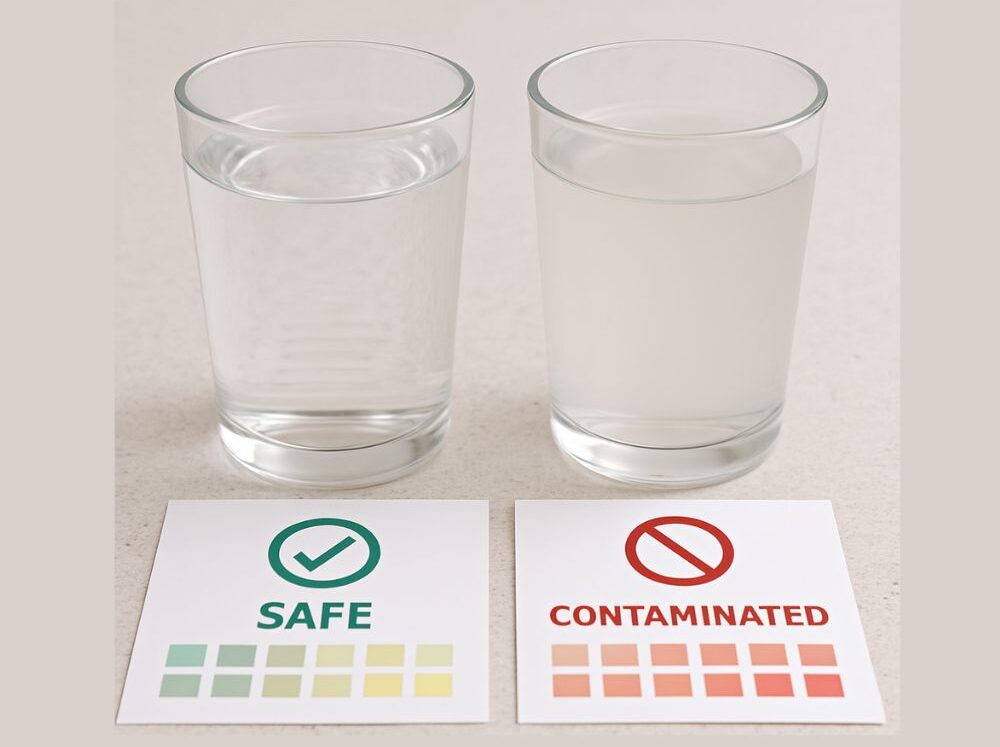
Clean, safe water should be a guarantee in every home, but if you’re anything like me, you’ve probably wondered just how clean your tap water really is. That’s where water testing kits come in. I’ll walk you through everything you need to know, from picking the right home water test kit to how to actually use one like a pro.
Whether you’re just curious, planning a DIY plumbing upgrade, or worried about contamination, this guide has got you covered.
Did you know?
According to the EPA, over 23 million U.S. households rely on private wells for drinking water—but private wells aren’t regulated, meaning it’s entirely up to homeowners to test and ensure their water is safe.
Why Water Testing Matters: My Personal Wake-Up Call
I started thinking about testing my water after my neighbor in California mentioned strange tastes and spots on her dishes. It made me wonder: Is my water actually safe to drink?
Turns out, municipal water can still carry traces of bacteria, lead, nitrates, or even chlorine. That’s when I bought my first water analysis kit and wow, it opened my eyes.
What Are Water Testing Kits?
Water testing kits are DIY tools designed to detect contaminants in your drinking water. Depending on the brand and model, a kit can test for:
- Bacteria (like E. coli)
- Lead, mercury, copper
- pH levels
- Hardness (minerals like calcium and magnesium)
- Chlorine
- Nitrates and nitrites
Whether you’re using a basic home water test kit or a more advanced water analysis kit, the process is surprisingly simple, and the results are incredibly useful.

Step-by-Step: How I Tested My Water at Home
Here’s how I personally used a home water test kit to analyze my drinking water. You don’t need lab experience, just patience and attention to detail.
1. Choose the Right Kit
I went with a potable water test kit designed for comprehensive analysis. Look for a kit that tests for both bacteria and heavy metals, especially if you live in older homes or areas with questionable plumbing.
2. Collect a Fresh Sample
I let the tap run for about 2 minutes before collecting water in the provided sample cup. Always follow the instructions, especially for bacterial tests, which need sterile conditions.
3. Use the Test Strips or Reagent Drops
Most water testing kits for drinking water come with strips that change color depending on what’s in your water. I compared the strip colors to the chart on the box, and noted areas of concern (hello, high hardness!).
4. Interpret the Results
The guide explained what each result meant. For example:
- A pH above 8.5 = too alkaline
- A chlorine level over 4 ppm = potentially harmful
- Any bacterial growth = Potential contamination risk
It turns out, my water had high hardness and some chlorine, but thankfully no bacteria or lead.
Tips & Tricks I Learned Along the Way
- Always test in the morning before the appliances have run water.
- Label samples if you’re comparing water from different taps.
- Repeat tests monthly if you notice any changes in smell or taste.
- Don’t test hot water, it can skew results.
- Avoid touching the inside of containers or test strips.
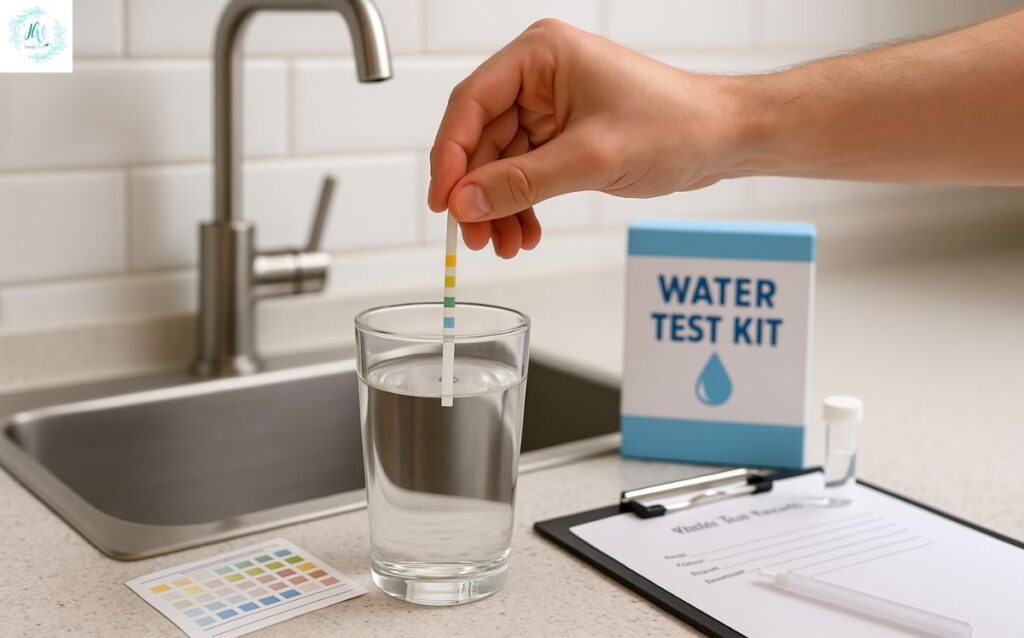
Do’s and Don’ts for Testing Water at Home
Do:
- Follow the kit instructions precisely.
- Store kits in a cool, dry place.
- Retest after plumbing work or weather events.
Don’t:
- Use expired kits (they can give false readings).
- Ignore your results, act if anything looks off.
- Assume your water is “fine” just because it looks clean.
FAQ: Your Top Questions Answered
Q: How can water be tested for bacteria?
A: Most kits include a sterile test vial with a growth medium. After adding water, you incubate it for 48 hours. If the water changes color or gets cloudy, bacteria may be present.
Q: What is a home water analysis test kit?
A: It’s a DIY tool that lets you check for contaminants like metals, chlorine, pH balance, and bacteria right from your sink, no lab needed.
Q: What are the best water testing kits for drinking water?
A: Look for kits that include bacteria detection, multiple chemical tests, and clear instructions. Brands like Safe Home, Watersafe, and SimpleWater Tap Score are highly rated.
Q: How to tell if you have hard water?
A: Signs include soap not lathering well, white scale buildup on fixtures, and dry skin. A hardness test strip can confirm the exact mineral levels. You might see spots on dishes, dull hair after showering, or crusty deposits on faucets. Testing with a water analysis test kit will show your hardness level in grains per gallon (gpg).
Q: What are drinking water test kits?
A: Drinking water test kits are DIY tools designed to check the safety and quality of your tap or well water. They test for contaminants like bacteria, lead, nitrates, chlorine, pH levels, and water hardness. These kits are easy to use at home and provide quick insights into whether your water is safe to drink or if further treatment is needed.
Final Thoughts
Using a water testing kit changed how I think about tap water. It was a small investment for a huge return, peace of mind. If you’re a DIYer like me, testing your water should be at the top of your to-do list.
Clean water isn’t a luxury, it’s a right. And with the right home water test kit, it’s also a DIY project you can totally handle.








